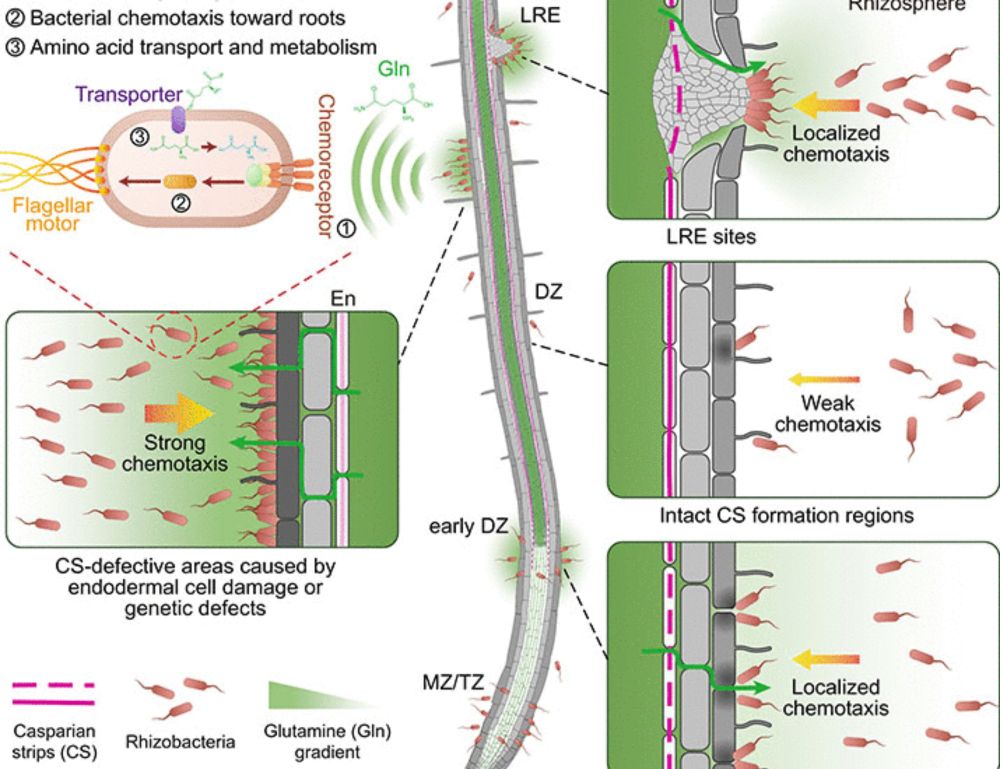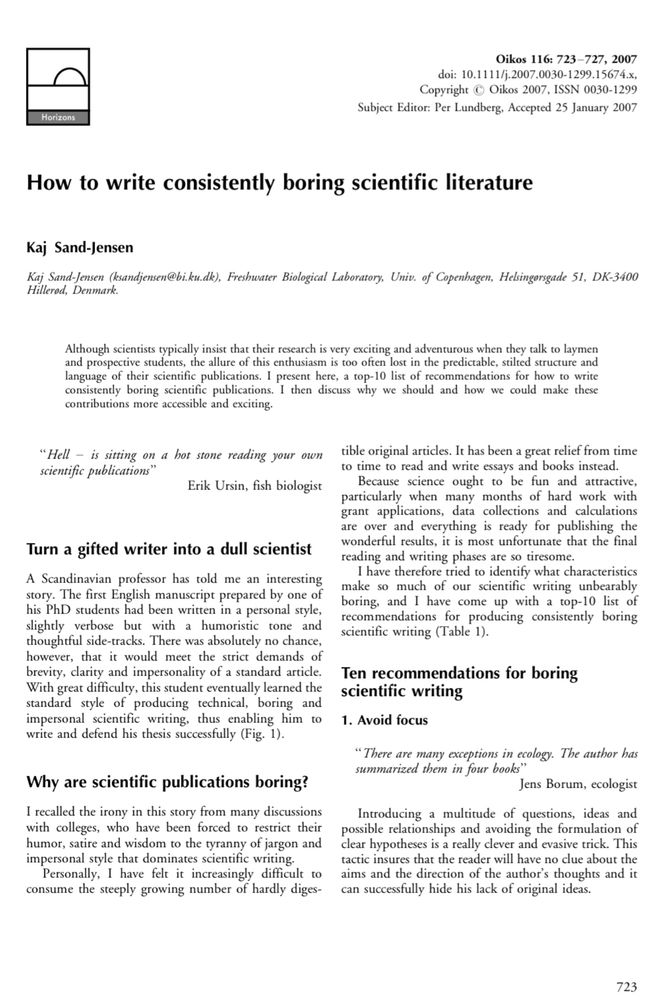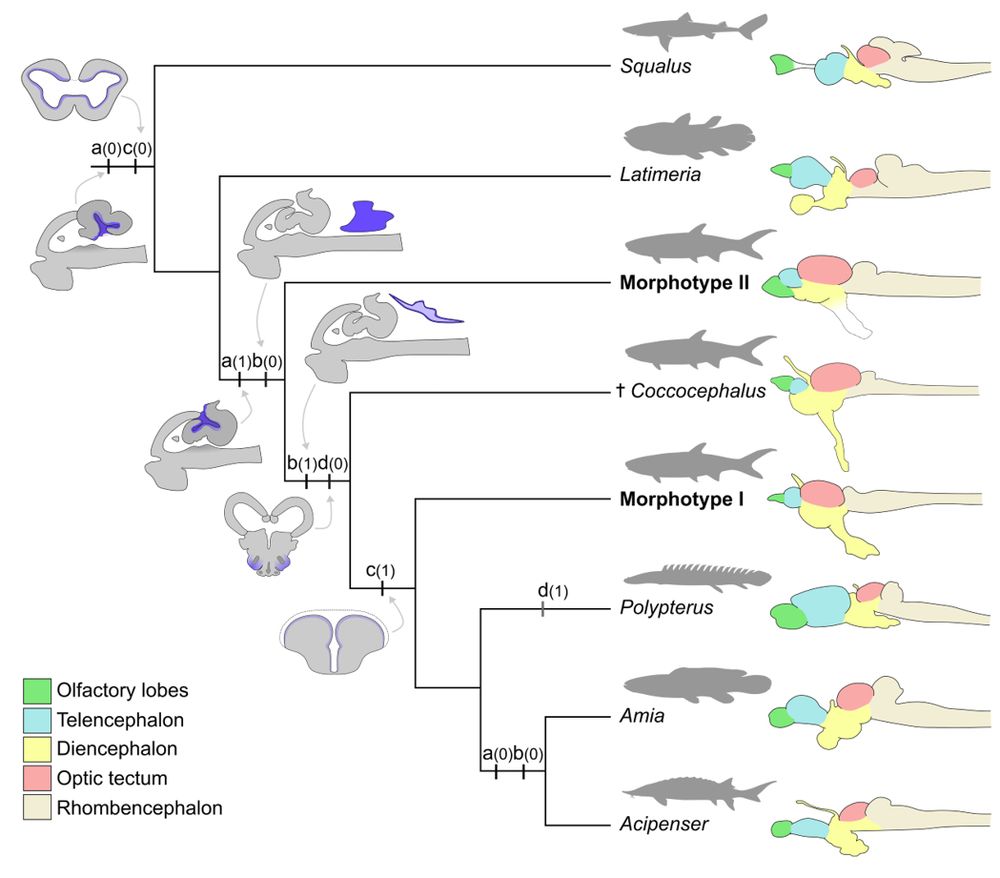Let’s investigate it’s history and outlook 🧵
Let’s investigate it’s history and outlook 🧵
academic.oup.com/plcell/advan...

academic.oup.com/plcell/advan...
go.nature.com/4a2hruk

go.nature.com/4a2hruk
In all land plants, small secreted peptides belonging to the CLE family move from cell to cell and activate their cognate receptors to control a plethora of developmental processes - Cornelis & Hazak
🔗 doi.org/10.1093/jxb/...
#PlantScience 🧪 @hazaklab.bsky.social

In all land plants, small secreted peptides belonging to the CLE family move from cell to cell and activate their cognate receptors to control a plethora of developmental processes - Cornelis & Hazak
🔗 doi.org/10.1093/jxb/...
#PlantScience 🧪 @hazaklab.bsky.social
Work led by former PhD student @wei-xiao-botany.bsky.social , in collaboration with @bayerlab.bsky.social and @bertderybel.bsky.social
AINTEGUMENTA phospho-switch regulates bilateral stem cell activity during secondary growth.
🔗 www.pnas.org/doi/10.1073/...
#PlantSciences

Work led by former PhD student @wei-xiao-botany.bsky.social , in collaboration with @bayerlab.bsky.social and @bertderybel.bsky.social
AINTEGUMENTA phospho-switch regulates bilateral stem cell activity during secondary growth.
🔗 www.pnas.org/doi/10.1073/...
#PlantSciences
Spatial & temporal tracking of the Nicotiana root symbiosis with arbuscular mycorrhiza fungi using MycoRed.
Videos, images & optimised Rhizotrons by Nicolas Garcia Hernandez @slcuplants.bsky.social
Science behind it: journals.plos.org/plosbiology/...
Spatial & temporal tracking of the Nicotiana root symbiosis with arbuscular mycorrhiza fungi using MycoRed.
Videos, images & optimised Rhizotrons by Nicolas Garcia Hernandez @slcuplants.bsky.social
Science behind it: journals.plos.org/plosbiology/...
✍️ Rachel Ehrenberg
knowmag.org/4hImL8e

✍️ Rachel Ehrenberg
knowmag.org/4hImL8e

✍️ Rachel Ehrenberg
knowmag.org/4hImL8e
Akanksha Bhardwaj, et al.
📖 nph.onlinelibrary.wiley.com/share/AUGQZV...
#symbiosis #PlantScience

Akanksha Bhardwaj, et al.
📖 nph.onlinelibrary.wiley.com/share/AUGQZV...
#symbiosis #PlantScience
📣 If you are curious about this topic, please consider applying for two open positions in my lab (until Nov23)! www.sciencedirect.com/science/arti...

📣 If you are curious about this topic, please consider applying for two open positions in my lab (until Nov23)! www.sciencedirect.com/science/arti...
Feel free to delve in..
Phloem cell proliferation in Plasmodiophora brassicae-induced clubroot galls doesn't directly depend on PEAR transcription factors, despite transcriptional up-regulation - Singh et al.
🔗 doi.org/10.1093/jxb/...
#PlantScience 🧪 @sdeeksha1994.bsky.social @malinowskilab.bsky.social

Feel free to delve in..
www.science.org/doi/10.1126/...
www.science.org/doi/10.1126/...
Mobile transcriptional regulators DELLA and SHORT-ROOT control the number of root inner cortex cell layers able to host symbiotic AMF.

Mobile transcriptional regulators DELLA and SHORT-ROOT control the number of root inner cortex cell layers able to host symbiotic AMF.
(1/5) We reveal how root architecture and nutrient leakage shape spatial patterns of microbial colonization, moving beyond traditional models of uniform exudation.
Learn more in this week's issue: https://scim.ag/3WgNajk

(1/5) We reveal how root architecture and nutrient leakage shape spatial patterns of microbial colonization, moving beyond traditional models of uniform exudation.

“Hell – is sitting on a hot stone reading your own scientific publications”
Erik Ursin, fish biologist
Thanks @fattebertj.bsky.social
Open Access
nsojournals.onlinelibrary.wiley.com/doi/epdf/10....

“Hell – is sitting on a hot stone reading your own scientific publications”
Erik Ursin, fish biologist
Thanks @fattebertj.bsky.social
Open Access
nsojournals.onlinelibrary.wiley.com/doi/epdf/10....

You can find more about my research on fish evolution here: rtfigueroa.wixsite.com/my-site


Started to make a complete catalogue and had to focus. Even with all this knowledge, we still haven't studied most Arabidopsis enzymes or metabolites doi.org/10.1093/plph...

www.biorxiv.org/content/10.1...

www.biorxiv.org/content/10.1...
Older flowers (bottom) show dark red/ orange tints whereas young buds (top) display strong fuchsia color. Getting closer..
Older flowers (bottom) show dark red/ orange tints whereas young buds (top) display strong fuchsia color. Getting closer..
track.smtpsendmail.com/9032119/c?p=...

track.smtpsendmail.com/9032119/c?p=...
www.nature.com/naturecareer...

www.nature.com/naturecareer...
Using our new lineage tracing tool LRTracker, Xin discovered that arrested LRPs don’t just disappear—they gradually switch fate and become part of the cambium, contributing to secondary growth.1/x
www.sciencedirect.com/science/arti...

Using our new lineage tracing tool LRTracker, Xin discovered that arrested LRPs don’t just disappear—they gradually switch fate and become part of the cambium, contributing to secondary growth.1/x
www.sciencedirect.com/science/arti...


